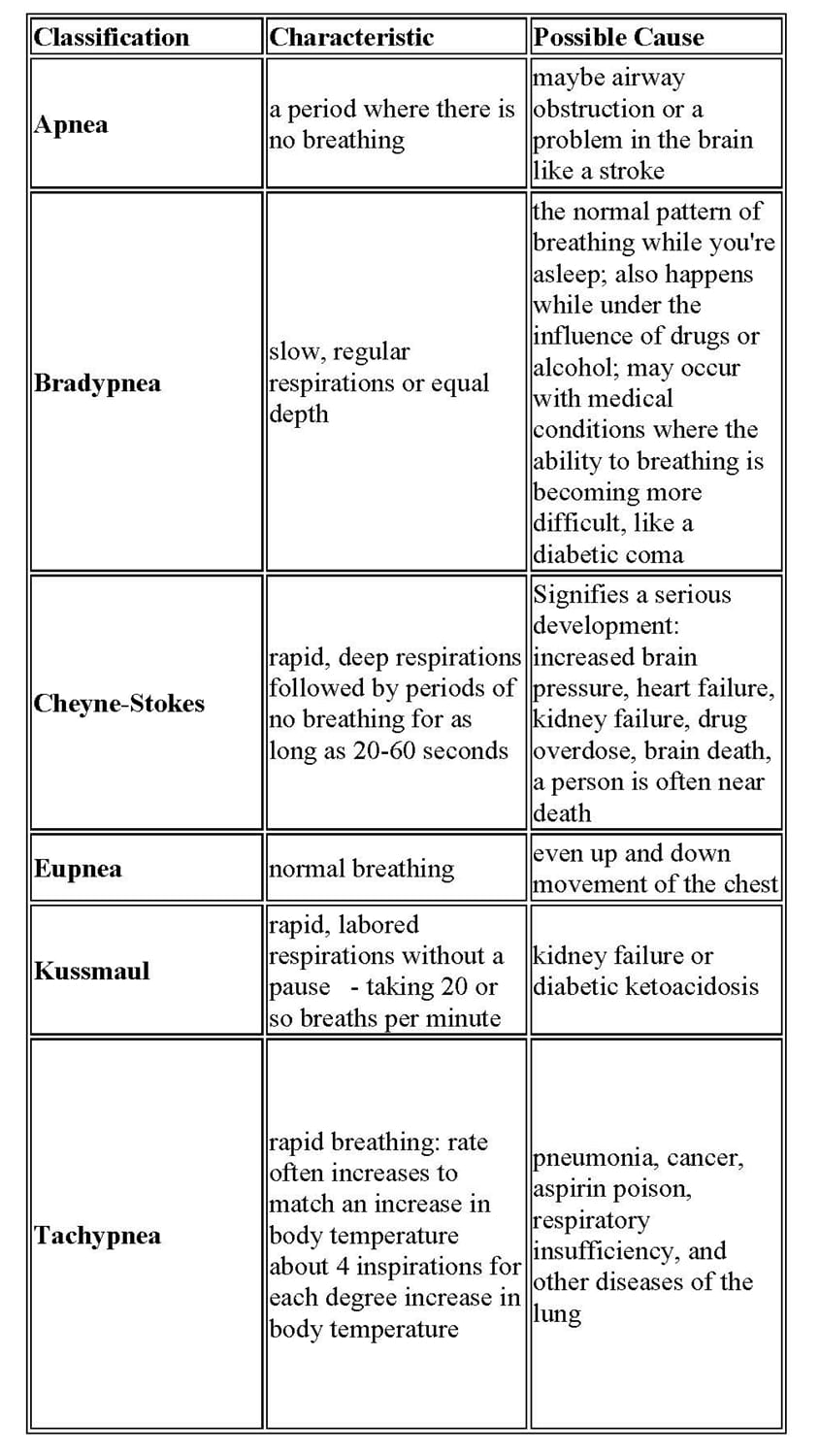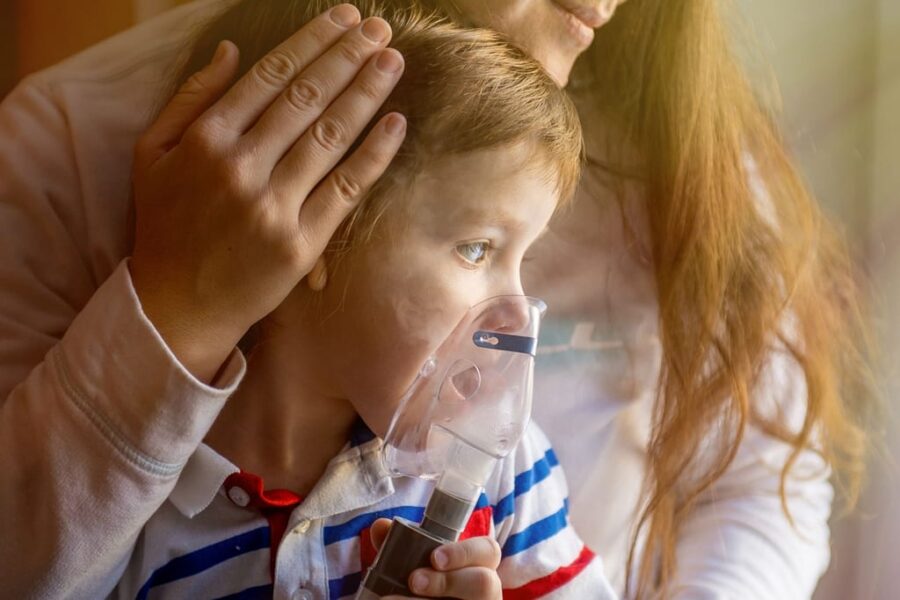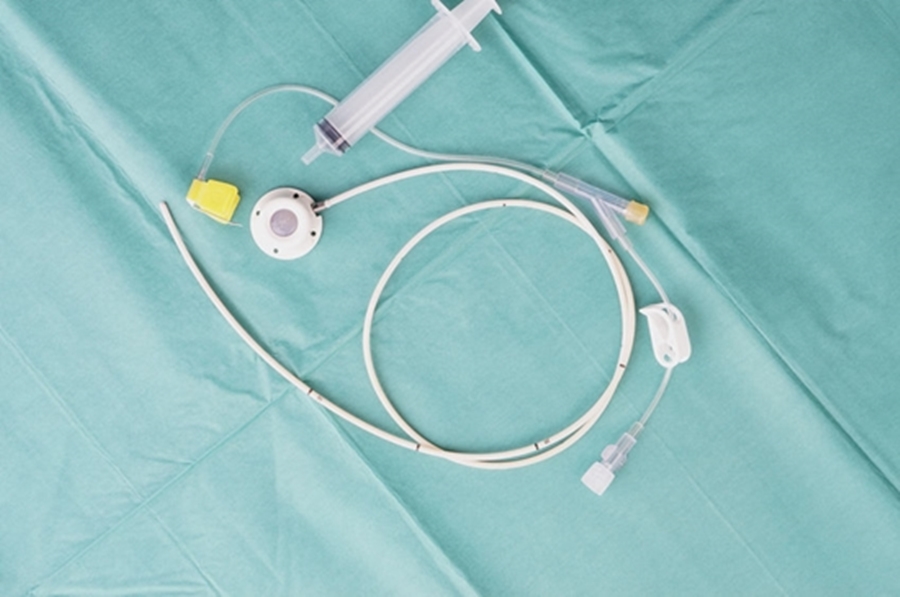Monitoring Vital Signs and Understanding the Respiratory Rate
The purpose of the respiratory system is to bring in fresh oxygen and eliminate discarded carbon dioxide. If too much oxygen or carbon dioxide is in the system, the individual may show signs of confusion or mental health changes. Signs may include agitation, increased sleepiness, anxiety, and changes in sleeping patterns.
I can always tell when my husband’s oxygen levels are off. Normally, Lynn’s mental status is clear. He could win almost any trivial pursuit challenge and remembers numbers and details better than me. However, if his oxygen is low or he has an infection, he is disoriented when he first awakens from sleep. He may or may not know where he is or who I am, but he almost always sees things in the room that are not there, including people. He often knows these people (i.e., family members, TV characters, and former co-workers) and sincerely believes them to be present. The longer it takes him to recognize his surroundings or believe me when I tell them they are not in our house, the more I know he struggles with oxygen levels.
Follow these links to videos showing how to perform a respiratory rate:
How to Calculate a Respiratory Rate
Produced by: RegisteredNurseRN
What to Check
When evaluating respirations, consider how often (the rate) someone breathes, how it sounds, the rhythm, and how deeply they inhale. Gather these details before you call the doctor because he’s likely to ask you about them.
The video, Abnormal Lung Sounds, (Produced by: RegisteredNurseRN) allows you to listen to the differences in abnormal lung sounds and provide pointers on describing them.
Describing Breathing
When you write down how your family member is breathing, think about the following as you describe what you see.
- Discretely watch the chest rise and fall. Try not to be obvious that you are watching and counting. If you are, the person will unconsciously hold their breath or breathe irregularly, and you will not get an accurate count. Counting respirations while taking a pulse rate (either before or after) is often easiest. The way to hide what you are doing is to hold the wrist while counting both. For example, count the pulse for 30 seconds and the respirations for thirty. The patient thinks you’re counting the pulse for a full minute, which occasionally happens when counting an irregular heartbeat.
- As you count the breaths per minute, watch for unusual breathing patterns. They should be inhaling at fairly regular intervals, but if you see them adding or changing how they breathe (such as having long gaps between breaths, taking great gulps of air in between breaths, taking a series of rapid breaths followed by a gasp), note the change and inform the doctor of what you see.
- When I mention the depth of breathing, I am referring to taking a deep or shallow breath. If your family member is only taking shallow breaths, they may have pain in their chest they want to avoid aggravating. While splinting their breathing may help, they will likely develop a carbon dioxide retention problem if they continue taking shallow breaths.
- Finally, listen to how they sound when they are breathing. Refer to the video “Lung Sounds (Abnormal) Crackles (Rales) Wheezes (Rhonchi) Stridor Pleural Friction Rub Breath Sounds“ (produced by RegisteredNurseRN) for help describing the sound. Those videos were beneficial. Describe what you heard if you call the doctor and cannot remember the sound’s names. That is good enough for them to figure out what is happening until you can get to the hospital.
Types of Respiratory Breathing Patterns

Lippincott Nursing Procedures (2019) 8th Ed. Philadelphia: Wolters Kluwer, 668.



